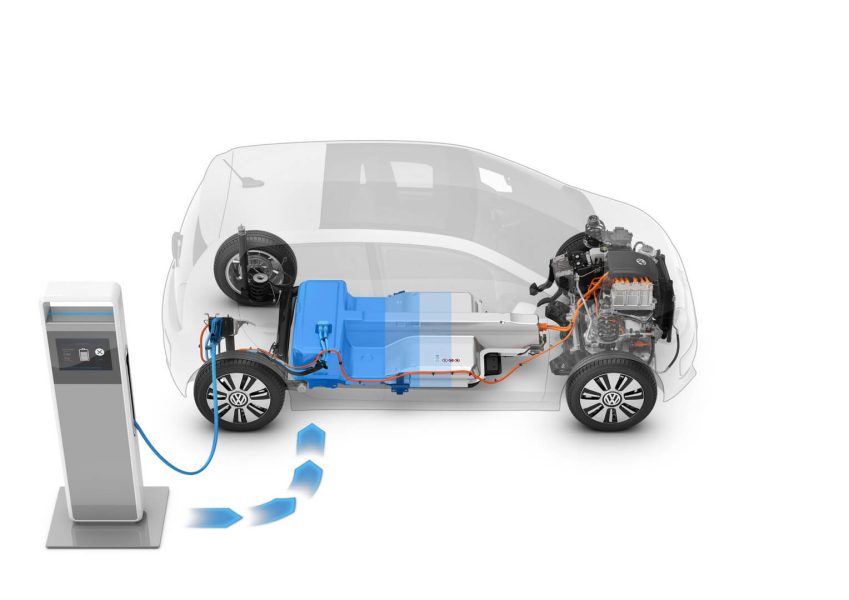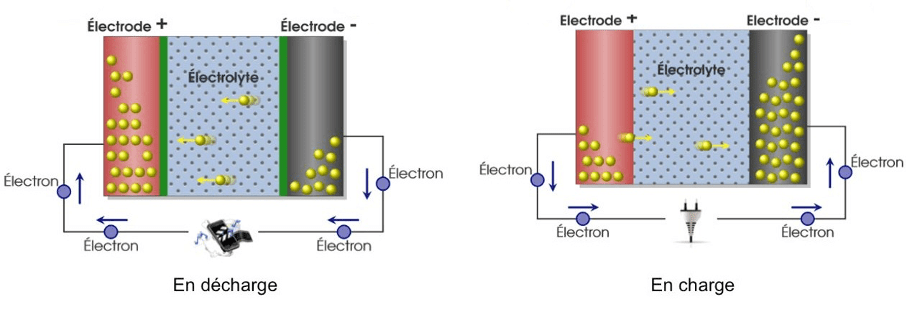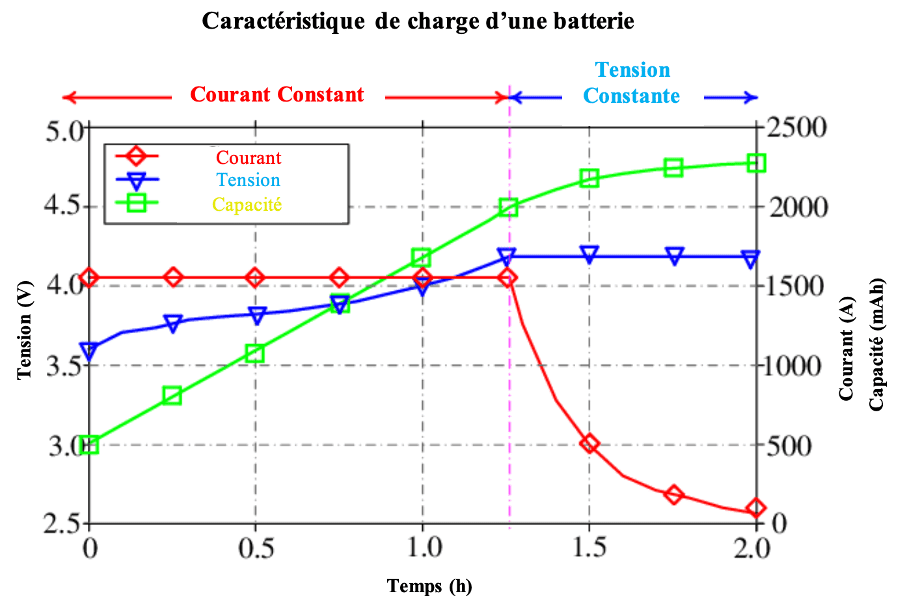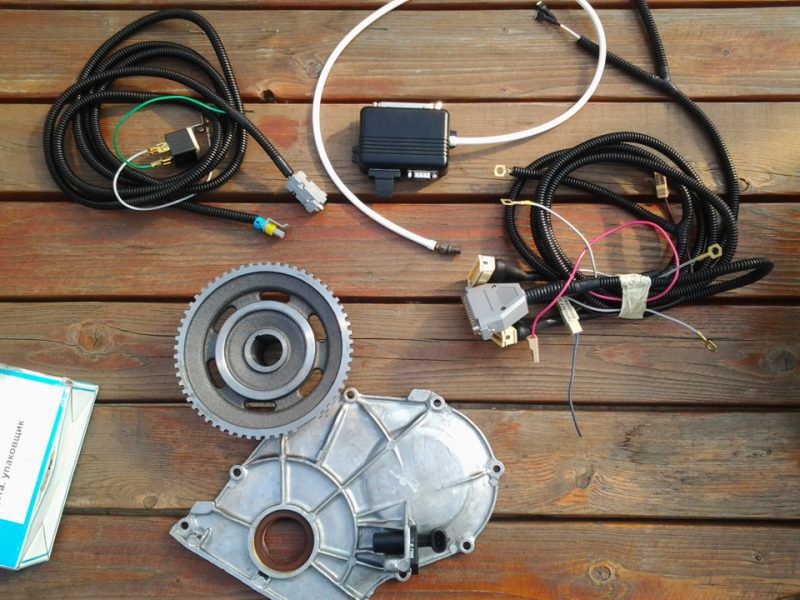
Electric vehicle charging | Beautiful battery
Content
. traction batteries who equip electromobiles are characterized by a reversible action: they can receive and restore energy. This remarkable property is due to the reversal of chemical reactions occurring inside the battery: during discharge, Li + ions naturally migrate to the positive electrode, causing electrons to circulate from the negative electrode to the positive electrode and thereby provide energy to the electrical circuit (see article ” Traction battery “). In contrast, when the battery is being charged, electrons flow from the positive electrode to the negative, thus reversing the direction of ion migration and allowing the battery to recover energy.
Now electric car charging cannot be controlled by the user: current needs depend solely on the type of charging used and are optimized to minimize charging times and ensure vehicle safety.

Various ways to charge an electric vehicle
Power levels
User electric car you can choose one of three types of charge, depending on autonomy that he wants to get well with the time at his disposal.
"Slow" charging: is characterized by a current of less than 16 A, which provides a relatively low charging power (maximum 3,7 kW). Then it takes 6 to 9 hours to fully charge. Soft charging remains the most respected of all batteries, contributing to its longevity, and is also the most economical way to charge your EV with virtually no special subscription required.
"Boost" charge: the used current reaches 32 A, which allows to increase the electrical power (maximum 22 kW) and charge the car up to 80% in about 1 hour and 30 minutes.
"Fast" charging: it allows you to charge 80% in 30 minutes at a power of more than 22 kW (maximum 50 kW).
Fast charging and, to a lesser extent, fast charging are not designed for fully charge the electric car but rather extend it autonomy... Manufacturers only report charging times "80%", not "100%". Indeed, after the threshold of 80%, the charge becomes slower, the charging time to 100% is actually twice the charging time to 80%. Later we will return to the phenomenon that explains this specificity.
Electric vehicle charging methods and corresponding sockets
Как electric car charging causes the flow of large currents, it is necessary to take certain measures to ensure the safety of the vehicle. One of them is called the charging mode and defines how the vehicle and the charging infrastructure interact:
- Mode 1: Equivalent to supplying AC power to the vehicle from a household outlet. There is no charge control unit that can lead to electrical complications without preventing or eliminating the hazard.
- Mode 2: differs from the first mode by the presence of a control unit on the power cable, which provides a dialogue with the vehicle being charged. This box, connected to a green outlet, is a very safe way to charge your car, in fact, the box is capable of responding to any anomaly by stopping the charge. It is also the most economical mode, which does not require the installation of a much more expensive wall box than green, as opposed to the 3rd mode.
- Mode 3: corresponds to supplying AC power to the car through a special standardized socket (wall box, charging station). This increases the charging power, saves the installation and, thanks to the dialogue between the plug and the vehicle, intelligently manage the load. Modes 2 and 3 protect the battery and charge in the same way, but the latter allows you to pre-program its charge, which will start automatically during off-peak hours to reduce charging costs.
- Mode 4: The car is powered by constant current (high power level) through the charging station. This mode is exclusively for fast charging.
Electric vehicle charging profile
After a detailed description of the various tools available to users electromobiles To recharge, we will analyze the various stresses that the battery is subjected to. Contrary to what one might think, the process of filling a battery depends on its state of charge: just like filling a glass of water, you can afford to act quickly in the beginning to save time. Time, but near the end you have to be careful not to overflow.
Thus, on the profile charge electric car :
- 1age phase: We start by applying direct current, the strength of which depends on the type of charge chosen (slow / accelerated / fast). The battery is charging, its voltage increases and after a certain time reaches the voltage limit set by the manufacturer to protect it (see Article ” BMS: Electric Vehicle Battery Software "). Beginning at 80%, charging cannot continue at constant current without the risk of damaging overvoltage to the battery.
- 2rd phase: In order not to exceed this limit, we will set the battery voltage and complete the charge with less and less current. This second phase is much longer than the first and depends on many factors such as battery aging, ambient temperature and phase 1 amperage.
Thus, it is understandable why the manufacturers of boost / fast charges only report charging times at 80%: this corresponds to the charging time of the first phase, which is fast and allows for greater autonomy to be restored.

The Relationship Between Charging and Aging of an Electric Vehicle Battery
each traction battery characterized by a current known as "natural absorption", which corresponds to the limiting current from which the battery heats up. During boost or fast charging, the intensities involved clearly exceed this limit and thus lead to significant heating. As we explained in the article “ Aging of traction batteries ", High temperatures promote the decomposition of chemical elements, thereby accelerating battery aging and a decrease in their productivity.
Therefore, to keep your vehicle safe, you should prioritize slow loads and use certified vehicle safety cables. There are players on the market such as Securecharge sensitive to questions protection of electric vehicles when recharging. it The French company specializing in charging electric and hybrid vehicles offers cables and portable chargers certified by official laboratories, designed to preserve your setup and your vehicle..
Charging an electric car: a further case ...
La electric car charging is a complex subject that is still very well studied by scientists, and whose technical potential will certainly become an important element in the world of tomorrow. We can think of, for example, "vehicle to network" (or "car to network"), a concept found mostly in Japan that allows the use traction batteries is responsible for supplying the city's power grids. This solution allows for better management of unpredictable fluctuations in renewable energy sources: electricity can be stored when it is produced in surplus, or restored when demand is too high.
__________
Sources:
Experimental analysis and modeling of battery cells and their assemblies: application to electric and hybrid vehicles. https://tel.archives-ouvertes.fr/tel-01157751/document
Electricity management strategies in a multi-source system: a fuzzy solution optimized for hybrid electric vehicles. http://thesesups.ups-tlse.fr/2015/1/2013TOU3005.pdf
File: recharging electric vehicles. https://www.automobile-propre.com/dossiers/recharge-voitures-electriques/
V2G: https://www.energuide.be/fr/questions-reponses/quest-ce-que-le-vehicle-to-grid-ou-v2g/2143/
Key words: traction battery, electric vehicle charging, electric vehicle battery, line of electric vehicles, battery aging.
